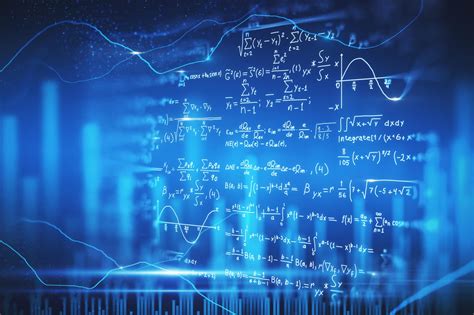Energy consumption forecast in crypto mining: the AI approach
Since the cryptocurrency market continues to grow, the demand for energy consumption forecasts in the crypto mining is also becoming. The increasing energy costs associated with the performance of cryptocurrencies have triggered concerns about the environmental impact and the financial sustainability of this industry. In recent years, artificial intelligence (AI) has turned out to be a key technology to solve these topics. This article examines how AI can be used to predict energy consumption in crypto mining, which enables more efficient energy management and reduction in waste.
Why energy consumption forecast is required
The crypto mining consumes massive amounts of energy, whereby estimates indicate that around 1% of global electricity generation is of a good effect. This astonishing amount of energy not only contributes to greenhouse gas emissions, but also makes considerable environmental concerns. The high energy costs associated with the performance of cryptocurrencies have caused many miners to take alternative energy sources into account or to explore more environmentally friendly options.
Traditional methods against AI-based approaches
Traditional methods for predicting energy consumption in crypto mining are usually based on manual data analyzes that can be time-consuming and susceptible to errors. These methods often include:
- Manual analysis : Data acquisition from various sources, including hardware protocols and system monitoring tools.
- Rule -based approaches : Use of predefined rules to estimate energy consumption based on historical trends or external factors such as temperature, air humidity or network overload.
AI-based forecast approaches, on the other hand, use algorithms for machine learning to analyze large data records and make predictions about future energy consumption patterns.
Advantages of AI-based energy consumption forecast
The use of AI in the forecast of energy consumption offers crypto mountain people several advantages:
- Improved accuracy : Algorithms for machine learning can process large amounts of data from various sources, reduce errors and increase the likelihood of more likely forecasts.
- Increased efficiency : By analyzing historical trends and external factors, approaches to AI-based energy consumption can optimize, which leads to a significant reduction in energy costs.
- Real-time updates : AI systems can continuously monitor energy consumption patterns and enable real-time adjustments to minimize waste and maximize efficiency.
Popular AI techniques for the forecast of energy consumption
Several AI techniques for the forecast of energy consumption in the crypto mining have been examined:
- clear learning : This technology includes training machines for labeled data records that can learn complex relationships between variables.
- Deep Learning : Methods such as neural networks and folding networks (CNNS) are well suited for time drivers analysis and pattern recognition tasks.
- Ensemble methods : Combine the predictions of several models or techniques to improve overall accuracy.
Real applications
The AI-based energy consumption forecast was successfully used in various industries, including:
- Electricity company : Energy suppliers use AI-operated predictive tools to optimize network operation and reduce waste.
- Automotive industry : Companies like General Motors have developed AI-controlled analyzes to optimize the vehicle performance and to reduce fuel consumption.
- Waste management
: AI-based forecast systems help the municipalities to plan waste lifting time plans and minimize energy waste and environmental effects.
Challenges and restrictions

While the forecast for AI-based energy consumption offers many advantages, challenges and restrictions must also be taken into account:
1.

